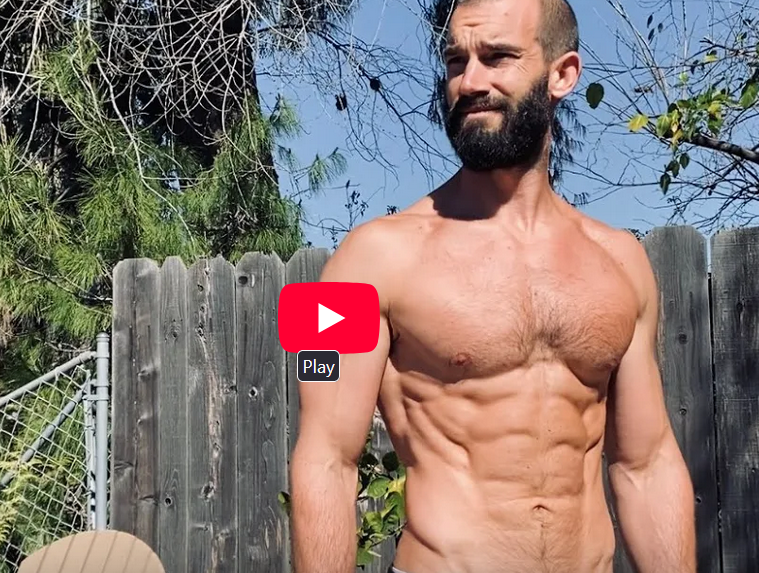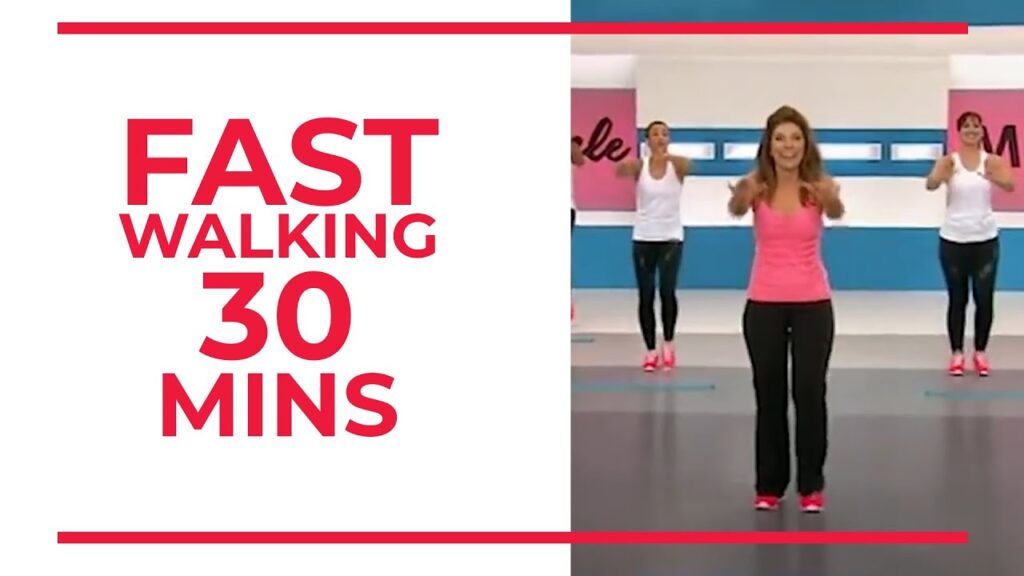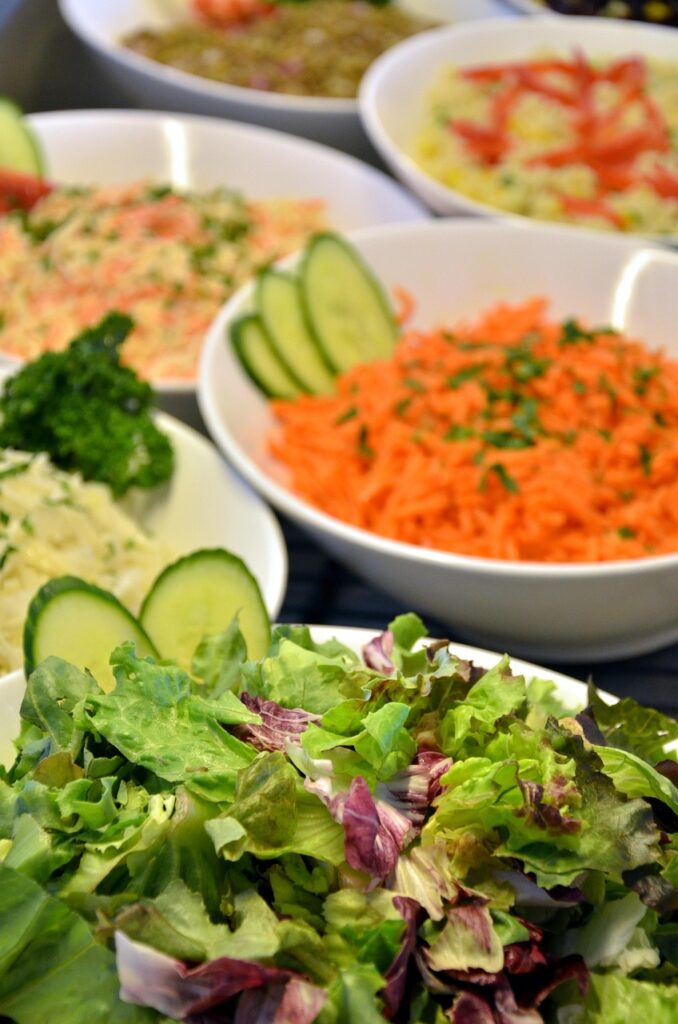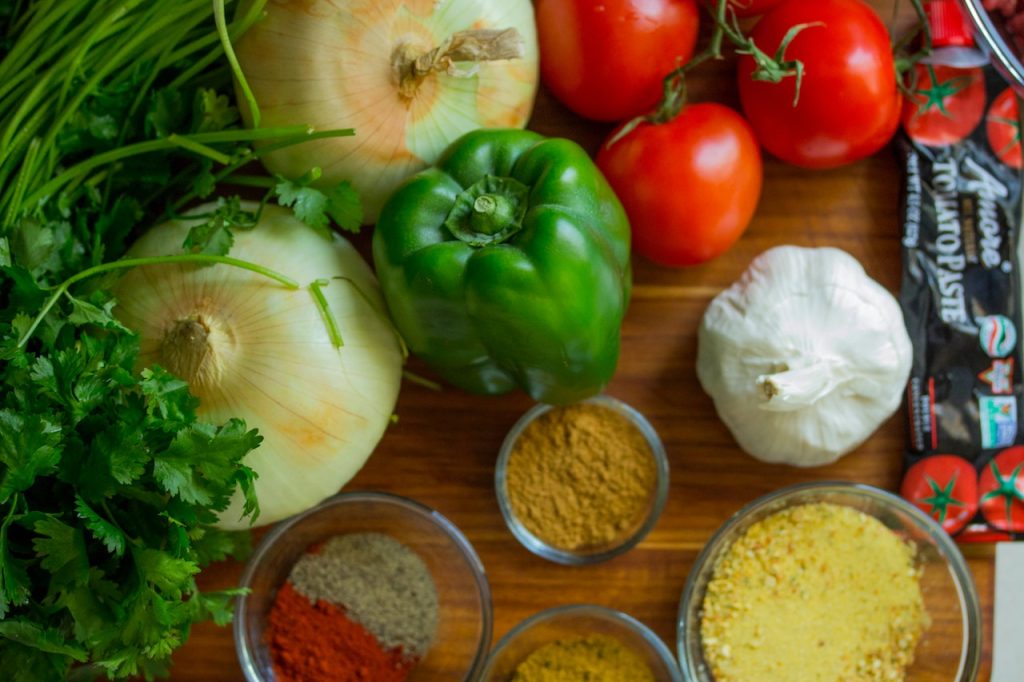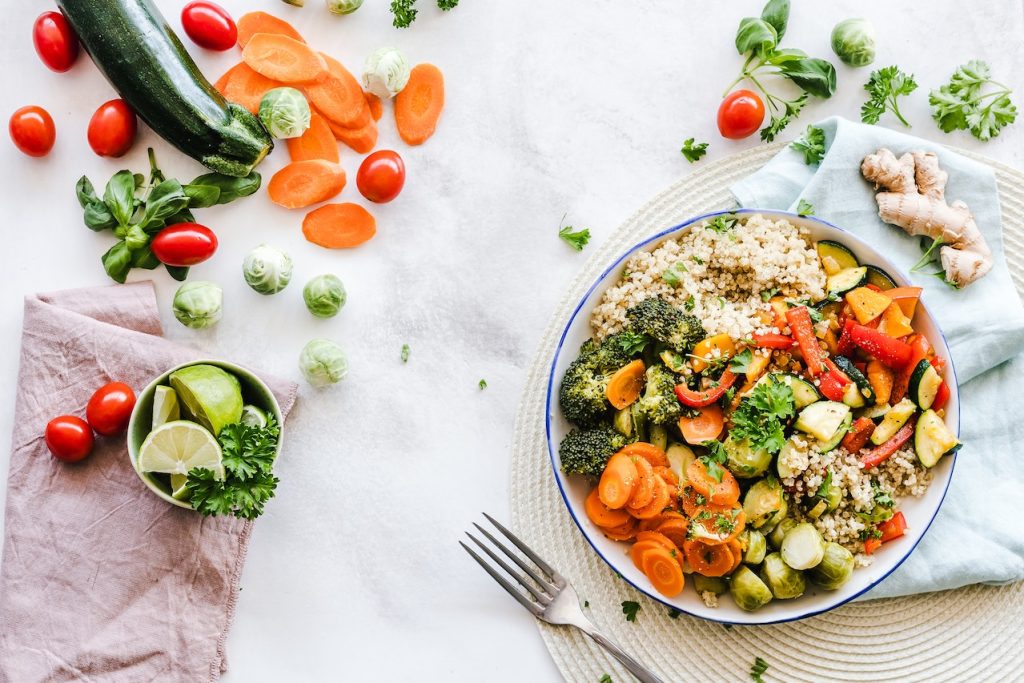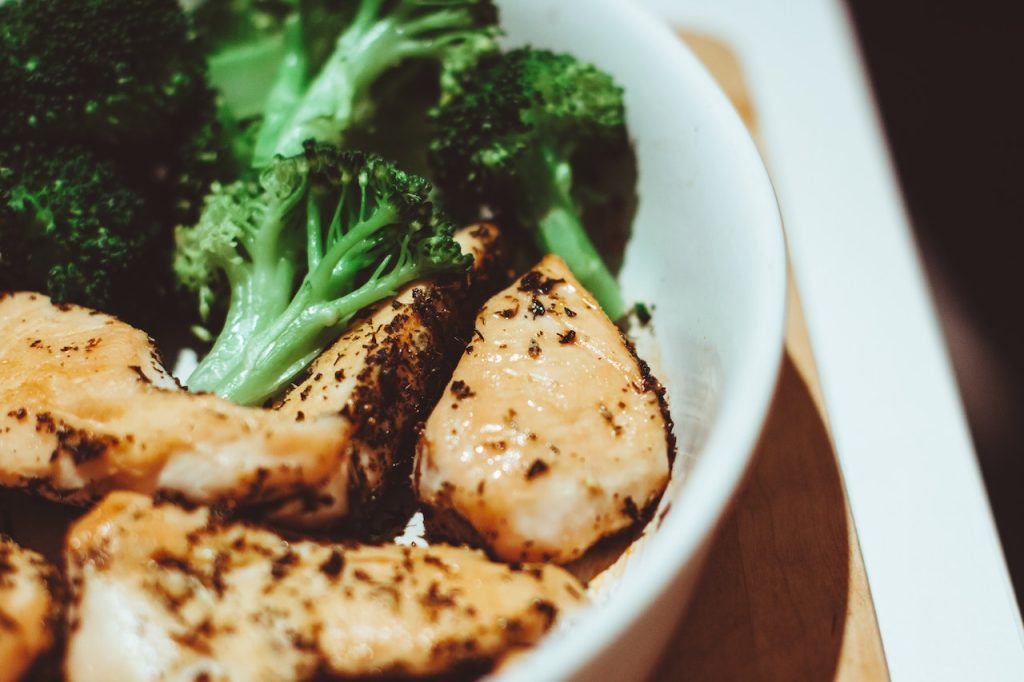Who among us doesn’t indulge in the occasional, or let’s face it, daily food daydream? The hot, buttery toast that pops up to say good morning, the indulgent chocolate muffin that coaxes you through that 3 p.m. slump. Ah, the delights of the dining table. But for many of us, eating isn’t just a matter of hunger, it’s a battlefield of diets, guilt, and yo-yoing scales. Sound familiar? What if I told you the secret to healthier eating habits wasn’t the latest diet fad, but a fresh outlook on how we approach food? Allow me to invite you to the delicious world of mindful eating. A Bite of Mindfulness Wondering what on earth I’m chattering about? Let me dish it out for you. Mindful eating isn’t about calorie charts, or a list of off-limits food items, or the agony of ignoring your cravings for a cheesy pizza. No, it’s about fully experiencing your food, savoring each bite, and tuning in to your body’s signals. It’s about deriving pure, unadulterated joy from eating. Savor the Perks Now, you might be scratching your head and asking, “Why would I want to eat mindfully? I’ve got a routine that works for me.” Well, my friend, as the saying goes, “The proof is in the pudding.” So let’s ladle out the benefits of mindful eating and see why it’s worth giving a shot. 1. The Digestion Dynamo: Our digestion is like a well-oiled machine, but like any machine, it works best when it’s not rushed or overloaded. When we eat in a hurry or devour a large meal in one go, we force our digestion to work overtime. The result? Bloating, heartburn, and all sorts of unpleasant sensations. But when we eat mindfully, taking the time to chew properly and enjoy our meal, we give our digestive system the chance to work at its best pace. The action of chewing breaks down the food into manageable pieces and initiates the release of digestive enzymes in the stomach. So, the more we chew, the better our body can process the food. Long story short, mindful eating equals happy digestion. 2. The Portion Police: Ever found yourself at the bottom of a tub of ice cream without realizing how you got there? We’ve all been there. When we eat mindfully, however, we pay attention to our body’s signals, and naturally, we begin to eat just as much as our body needs. We start recognizing the difference between physical hunger and emotional hunger. As a result, we control our portions naturally without needing to count every calorie or stress over every gram of carbohydrate. 3. The Joy Ride: Now, this is a big one. Mindful eating isn’t about denying yourself your favorite foods or sticking to a strict diet. It’s about savoring and fully experiencing the food you eat. When you eat mindfully, you take the time to appreciate the different flavors, the texture, the aroma of the food. You engage all your senses. You aren’t just shoveling food into your mouth; you are deriving pleasure from the act of eating. You’re savoring the crunch of a crisp apple, the smoothness of creamy yogurt, the tanginess of ripe tomatoes. Eating becomes a gastronomic journey, an event to be enjoyed rather than hurried through. 4. Freedom from Food Fights: We often categorize foods as ‘good’ or ‘bad’, which can lead to guilt, anxiety, and stress. Mindful eating allows us to break free from this black and white thinking. Instead, we start seeing food for what it is – nourishment for our bodies. And with that mindset shift, we can develop a healthier, happier relationship with food. So, let’s sum it up, shall we? Mindful eating is not just a fancy concept. It’s a practical, effective approach that can help us boost digestion, naturally control portions, enjoy our food more, and establish a positive relationship with food. It’s a lifestyle change that can sprinkle a dash of joy and a pinch of health to our everyday meals. Now, who wouldn’t want that? The Recipe for Mindful Eating Starting out on the mindful eating path might feel a tad overwhelming, like trying to bake a soufflé for the first time. But with patience and persistence, you can nail it, just like that soufflé! Handling Speed Bumps As with everything new, mindful eating comes with its share of challenges. But hey, Rome wasn’t built in a day, right? It’s about progress, not perfection. The Mind-Body Connection in Fitness The principles of mindful eating extend beyond the dinner table. Being mindful helps you tune in to your body, understanding when to push through a grueling workout, or when to pull back and rest. Proof is in the Pudding Let’s consider Sarah, a busy corporate executive juggling work and kids. Like a lot of us, she used to eat on the go, hardly paying attention to what she was consuming. Once she embraced mindful eating, she not only shed those stubborn pounds but began enjoying her meals without the guilt trip. Then there’s John, a fitness freak who’d hit a wall with his progress. Despite rigorous workouts and strict dieting, his weight just wouldn’t budge. With mindful eating, John learned to listen to his body and found the key to unlock his fitness plateau. Parting Crumbs To recap: Setting foot on the mindful eating path means leaving old habits behind and venturing into uncharted territory. But hey, every great journey starts with a single step. So why not start today? As the saying goes, “The mind is everything. What you think, you become.” So, let’s start thinking about eating, and let’s do it one bite at a time!


